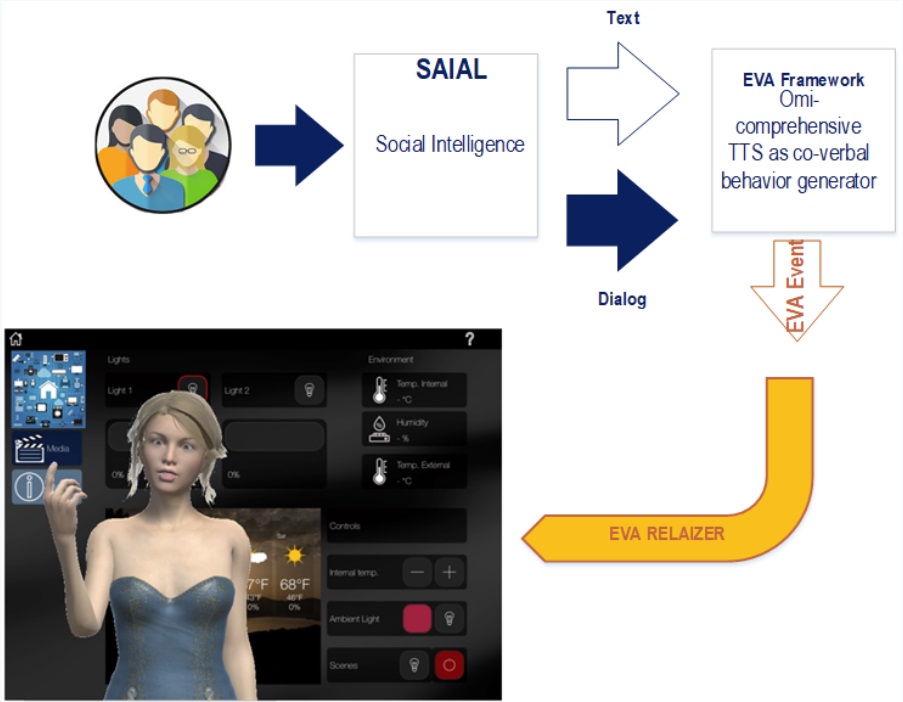The main purpose/objective of the research
To identify key functional parameters for user-tailored interactions and behaviors and responses of systems in supportive environments for the elderly and motor/movement impaired. We want to shape these parameters in terms of identification through experience, desires and actual added value recognized so far. Transferring identified parameters and recognized added value to the smart home platform, providing a more natural and user-friendly interaction with services. At the same time, personalization is not directed at graphical adaptation of interfaces but at the core of interaction, that is, how to present deep and “complicated” information, how to automate or. adapt how to implement the motivational elements, and how to bring the unknown thing and its use to the user in such a way that it communicates with it as an assistant/person and that it actually recognizes the system as a significant improvement and enabling technology for improving the quality of life and self-involvement in society. So, too, emotional interaction that engenders a kind of attitude in users, a system as a virtual assistant, which to some extent replaces an individual (such as a caregiver) and performs some activities instead of the user (e.g. reminders, exercise planning and encouraging, planning and executing purchases, etc.). So also actual intelligence and machine learning according to the user.









Members in the project